Top 6 Mobile Apps Development Frameworks
Nowadays, applications development is a daily action. Therefore, today's market flooded by many platforms which are published every day in order to assist and achieve this goal.
The following article contains a brief review of the six leading cross-platform applications development frameworks. Among the others, we will take a look at the significant features of each platform and the notable benefits of one platform against others.
Sencha Touch is a development framework free and open-source, which may make the experience of app development much easier, quicker and cheaper. The amount of developers is enormous and the community support is quite wide. Therefore, it comes as part of the development of the world's most popular HTML5.
Sencha Touch wins Performance Testing versus JQuery Mobile and even comes very close to native iOS apps in terms of performance.
Sencha Touch offers the appropriate software components for various purposes - from real-time updated lists, dialog boxes of various types, forms, database access components, remote servers, and device hardware such as a GPS or a camera.
Sencha Touch-based applications are fully responsive, and will work well in any size and configuration screen. You can also use them as a Web-based Mobile.
Sencha Touch is offered to download and use for free, even for commercial use. You can use the licensing of open source projects and also there are packages that include full support. Some of the advanced components such as Sencha Grid and the GUI development tool "Sencha Architect" requires a separate license.
The PhoneGap development environment allows one to effectively develop applications for all major operating systems in the mobile market today. The development is based on the use of JavaScript, HTML5 and CSS3, and it actually makes it easier for many developers who want to create an application across multiple platforms simultaneously.
However, in many cases the result is "Sammy Native" application. Not so pure but definitely satisfactory. While Adobe upgrades the development environment consistently and reduce the gap in each development environment for each platform.
In addition, PhoneGap Build service enables developers to upload the code to the cloud and get the app without requiring a Mac or PC.
Titanium is a free code development environment for multiplatform application coding for mobile devices. The Appcelerator Platform is a suite of software and libraries for development including testing, analysis, debugging and deployment is based Of such applications.
Appcelerator Titanium is one of the many frameworks for mobile applications based on web technologies that allows the creation of native applications for several application platforms including iOS, Android and Windows Phone by using mainly Javascript as a development language.
It offers support for web technologies based on standards: HTML, CSS and JavaScript on all platforms as well as PHP, Python and Ruby for desktop platforms.
Also Support JavaScript and AJAX frameworks including jQuery, YUI, MooTools, Scriptaculous and more.
Suplly an independent API for accessing native GUI components including navigation bars, menus, dialog boxes and alerts, and native device capabilities including file system, sound, network, and A local database.
Access the API for native functions for mobile such as accelerometer and maps.
Extensibility through licenses that allow developers to add support for other programming languages, multimedia codecs and device-specific functions
Available under the Apache Public license.
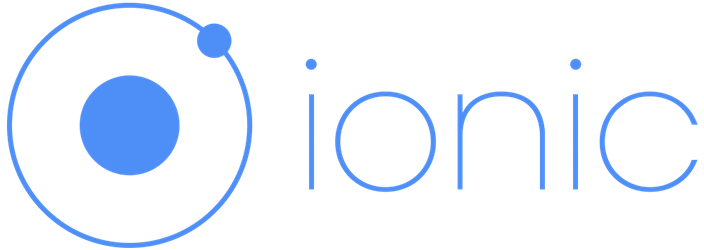
Ionic is an open-source and cross-platform framework designed for
creating hybrid apps based on HTML5, CSS, Sass and JavaScript. It is based on AngularJS and Apache Cordova and provides a library containing various components that can be used to program interactive apps. It focuses primarily on the side of the front-end, ie the user interface.
In practice it is used in conjunction with AngularJS, which creates the structure of the app, while Ionic implements the user interface. In addition Ionic is an NPM module and requires Node.js.
You can develop hybrid apps for iOS, Android and with Ionic 2 you can also develop apps for Windows 10. These apps can also be distributed via the app stores of the platforms, respectively.
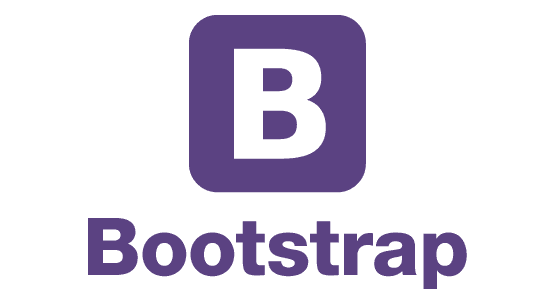
Bootstrap was developed by Twitter firstly to deal with the lack of consistency of UI developed by various departments in the company. Bootstrap was released as Open Source in August 2011 and amazingly become the most popular library on Github By February 2012. Bootstrap based mainly on CSS and only slightly on Javascript. This is possible thanks to the advances capabilities of CSS3. Bootstrap is based on LESS, in contrast to it's important competitor Foundation that based on the SASS. Bootstrap's common especially among small sites, which are trying to save the development costs, but you can still find some of prominent companies that use bootstrap, such as AngularJs, Viber, SugarSync and more.
Bootstrap is modular so you can choose which parts to focus on and create custom build that are smaller from the complete library. Moreover, you can set parameters values such as colors, fonts or sizes and it will compile with LESS into your own copy. In addition, Bootstrap has some integrations with other UI libraries, such as jQuery Bootstrap or Bootstrap Angular Directives.

Xamarin Platform designed for developing mobile app and allows developers to create native and cross-platform applications. The development with Xamarin platform is via Visual Studio with C # Plugin and the code itself compiles to native, also suitable for Android, iPhone and WP. According to many developers Xamarin yields amazing results in relation to other ttop developing applications platforms in the Mobile field.
The use of C # is optimal, because it is a well known language among developers. Therefore it requires no special qualifications so this Xamarin platform can be absorbed at any company quickly and easily.
In addition, Xamarin Platform also gives developers plenty of updated APIs that make sure the apps which were built by Xamarin, functions like Native, will work smoothly and respectively on each device. A consistent update of the APIs allow developers to build their one apps carefree, without worrying about the optimization and appearance of custom features and how it will be extended with different mobile operating systems.
Recent Stories
Top DiscoverSDK Experts


Compare Products
Select up to three two products to compare by clicking on the compare icon () of each product.
{{compareToolModel.Error}}











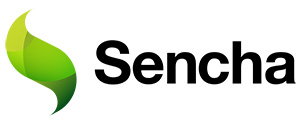

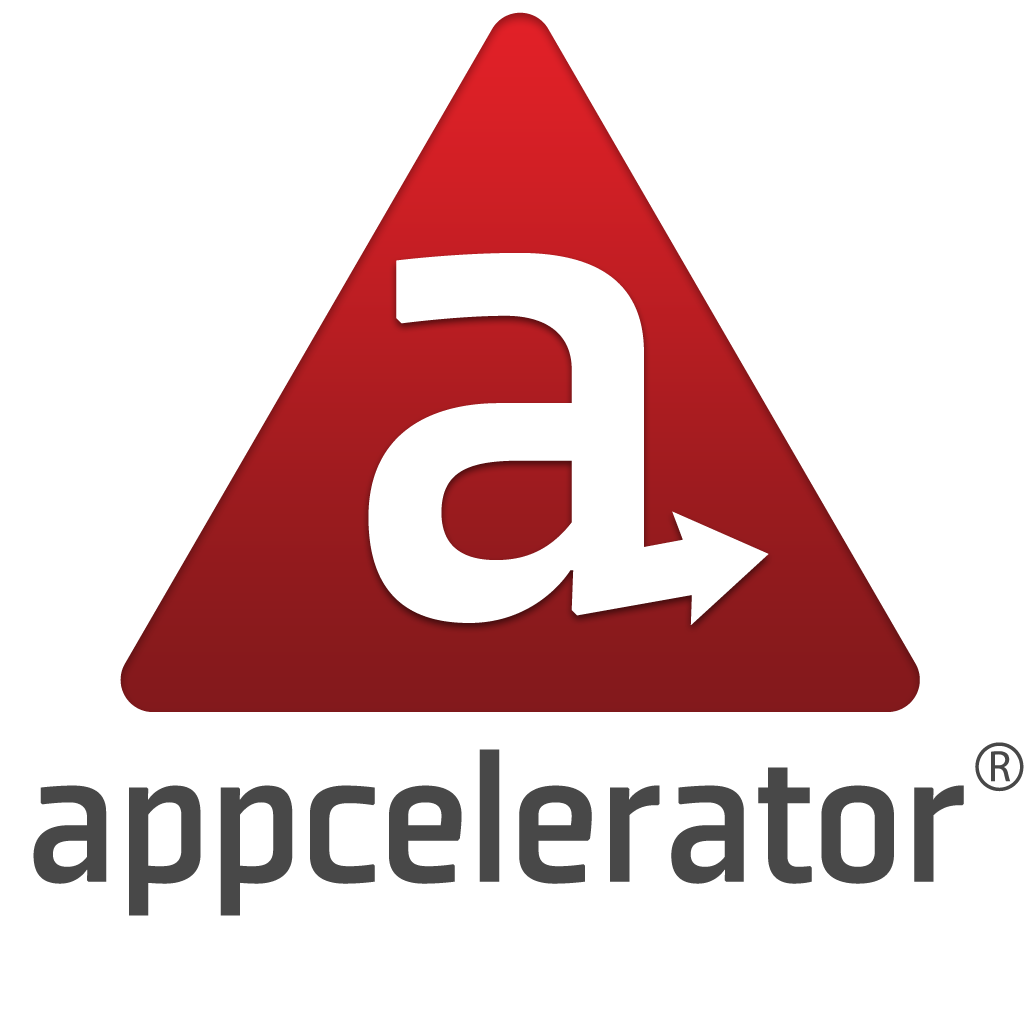



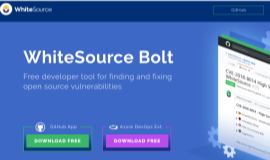
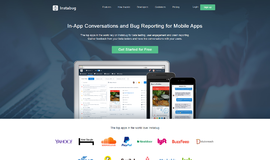
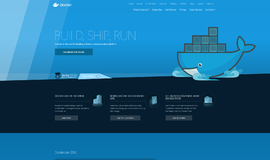
{{CommentsModel.TotalCount}} Comments
Your Comment